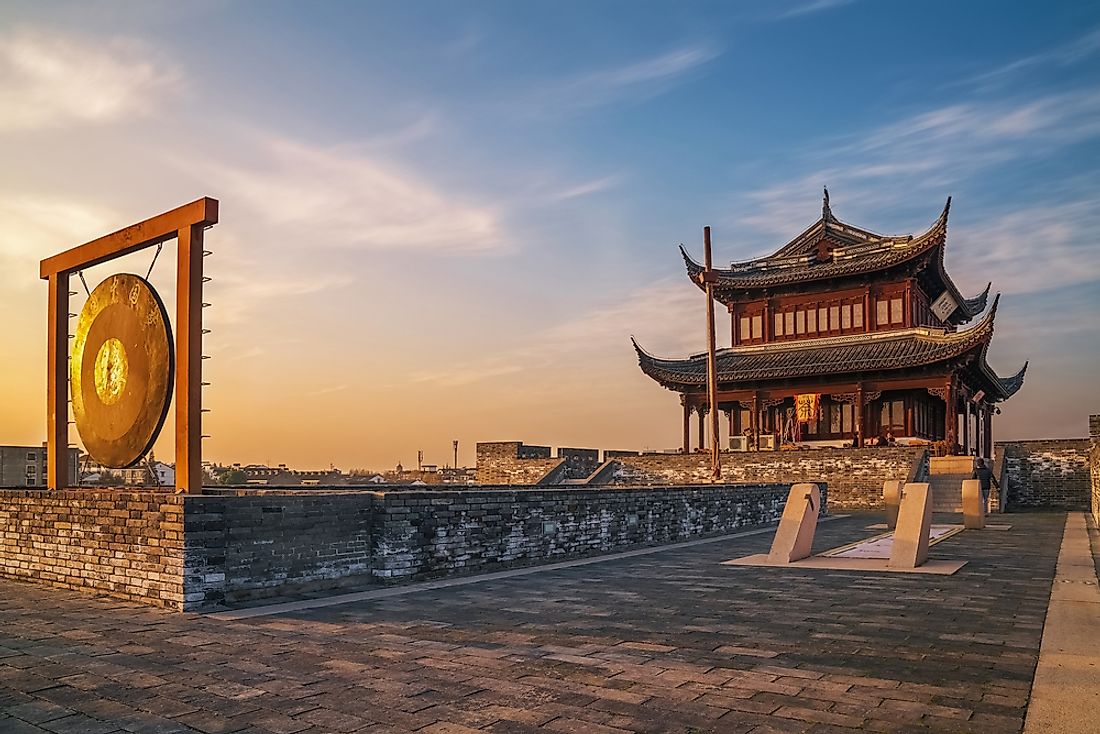What is Sinicization?

Sinicization is defined as bringing people who are not of Chinese descent under the influence of Chinese culture. It is a process where societies that are traditionally non-Chinese are put under the influence of the Han Chinese communities, by adapting to their culture, customs, and way of life. The Non-Han Chinese societies put into practice the dressing code, diet, writing, religion, culture, politics, language, and general lifestyle of the Han Chinese. Sinicization in other terms refers to the process of assimilation of the communities neighboring China. It has taken place in the histories of Japan, Vietnam, Korea, and East Asian countries which adopted the Chinese writing system.
Notable Sinicization in History
These Asian countries are among the notable countries that have undergone the process of sinicization:
Korea
Emperor Wudi of the Han dynasty conquered Korea. Although the conquest did not last for a long period, sinicization happened at large. Chinese writing classes were offered to the youth. Korean scholars reportedly went to China to learn the culture, politics, and technological lifestyle of the Chinese. On return, the scholars helped the elite Koreans adapt to the Chinese culture. From the elite class in Korea, sinicization was spread to other Koreans.
Japan
During the Tang Dynasty. Buddhism, Chinese writing, and other forms of bureaucracy began to appear in Japan. They heavily borrowed from the Chinese court system, which led to the loss of power of their emperor. Notably, most states underwent sinicization when China conquered them, but Japan is an exception. Japan is the only known country that voluntarily adapted to sinicization since it was never conquered by the Chinese.
Vietnam
In the era of the Tang Dynasty, the Chinese army conquered and occupied Vietnam. The Vietnamese revolted at earlier stages but they later supported sinicization and adopted most of Chinese culture. The Vietnamese chose what to adapt to and what to reject. For example, they saw that the Chinese military system would be of great benefit to them, so they adopted it. However, the Vietnamese women greatly rejected and revolted against the Patriarchal system of leadership. The women rejected the culture that forced them to be submissive to men, and refrain from leadership and trading activities. On the other hand, China largely benefitted from Vietnamese rice. The rice later became the staple food of China.
Merits and Demerits of Sinicization
Sinicization has led to the disappearance of some of the significant cultures of the world. For instance, after the sinicization of Tibet, the Tibetan culture has been drastically eroded. When the Chinese army conquered states like Vietnam, the Vietnamese were forced to abandon their own culture and adapt to the Chinese culture. In Japan, sinicization led to the rise of Shogun, a military dictator. Furthermore, the adaptation of Buddhism threatened the power of the aristocratic government in Japan.
Despite the demerits, sinicization has been known to have greatly boosted the Chinese economy. In addition, the interaction of many cultures during the sinicization processes has led to intermarriages, leading to the birth of a more sophisticated way of life.











